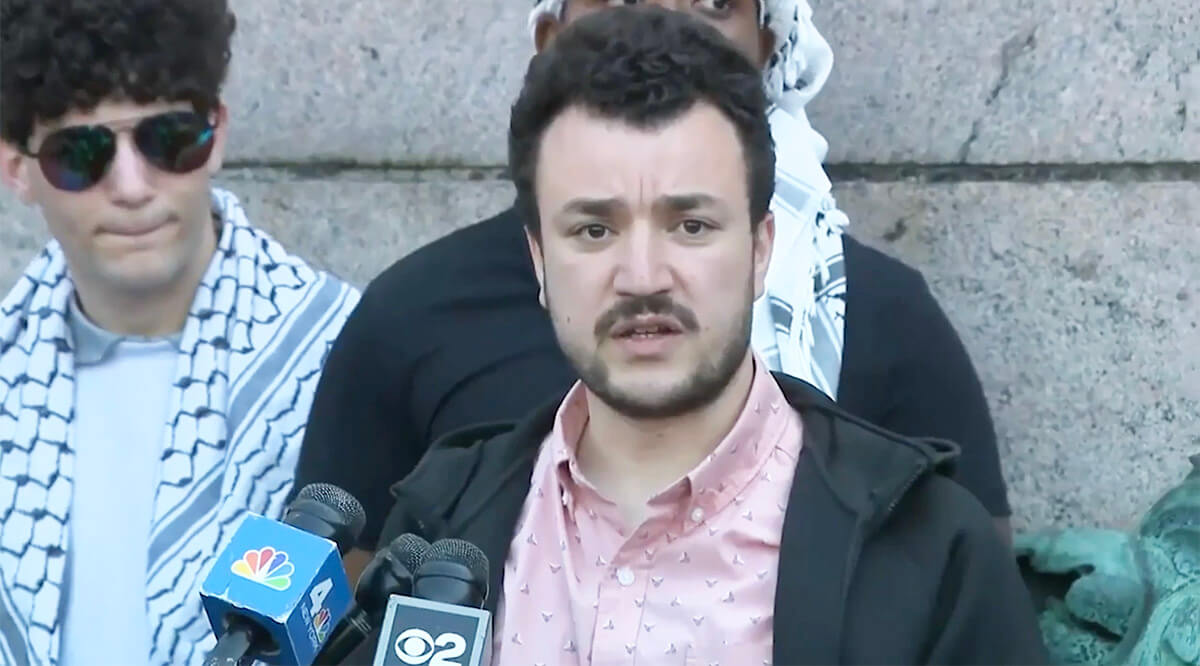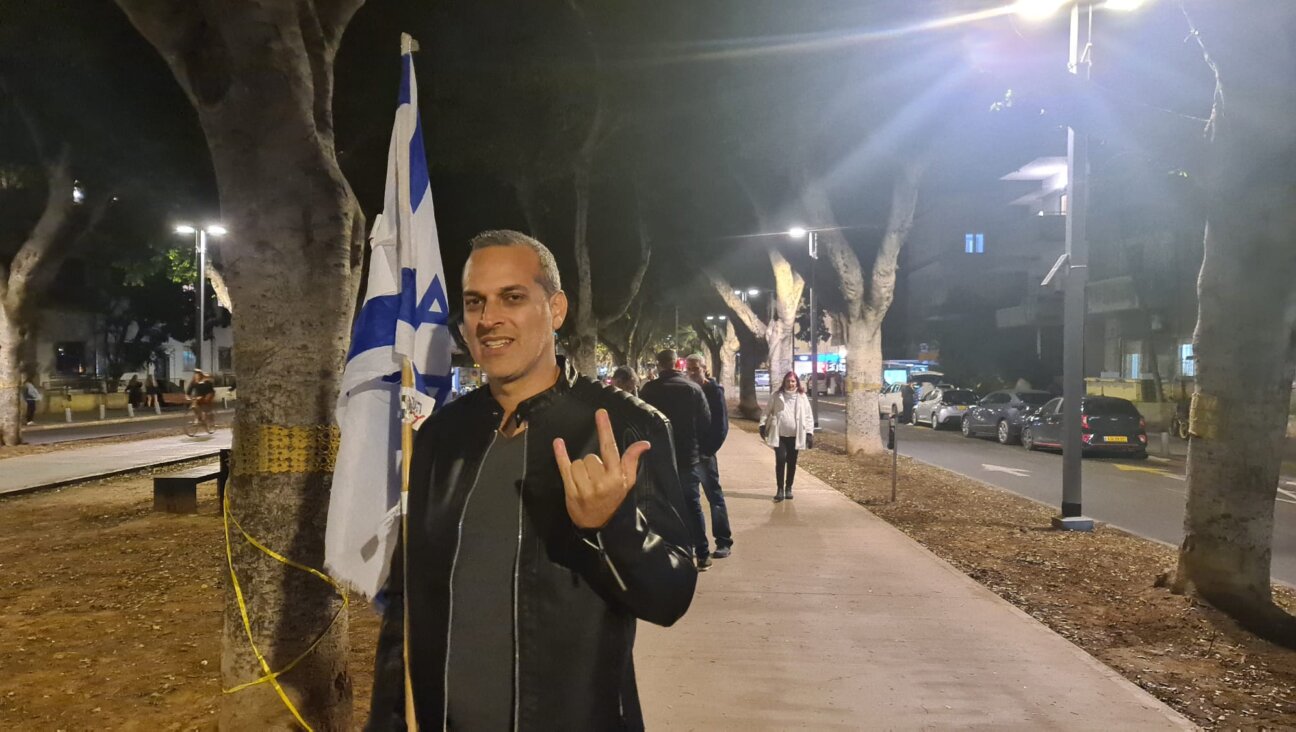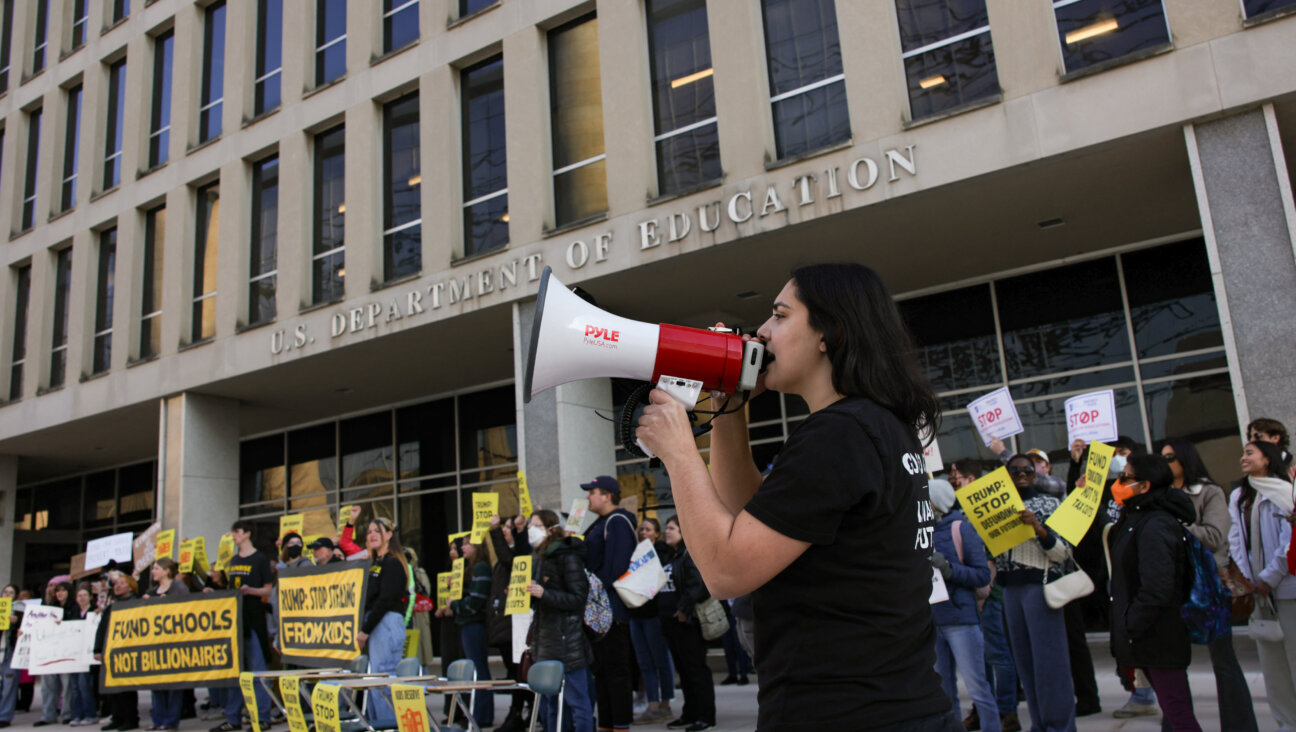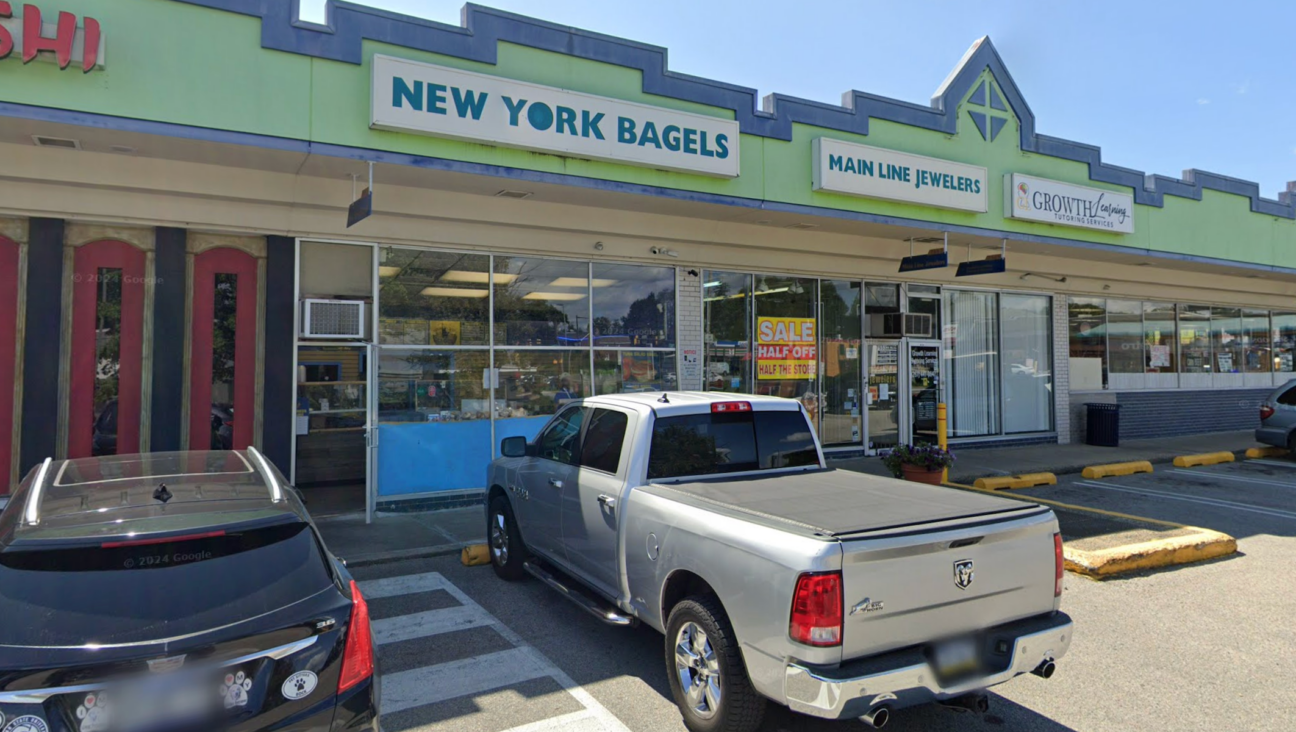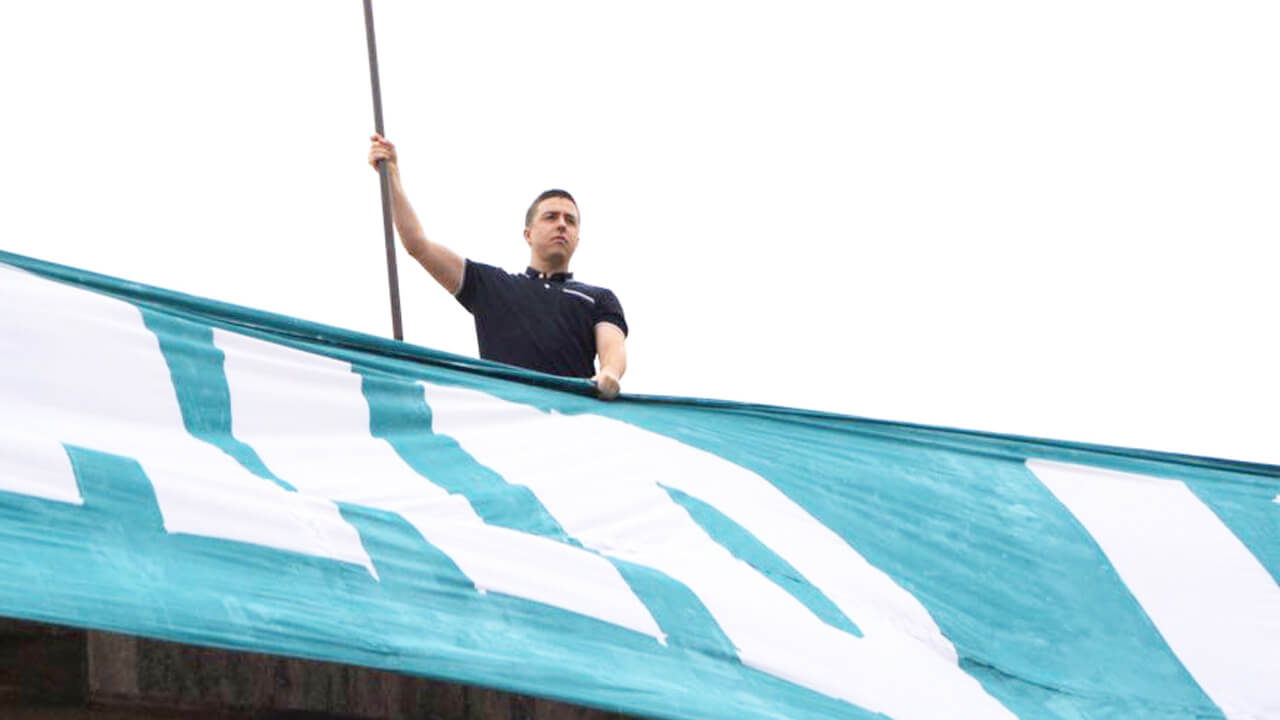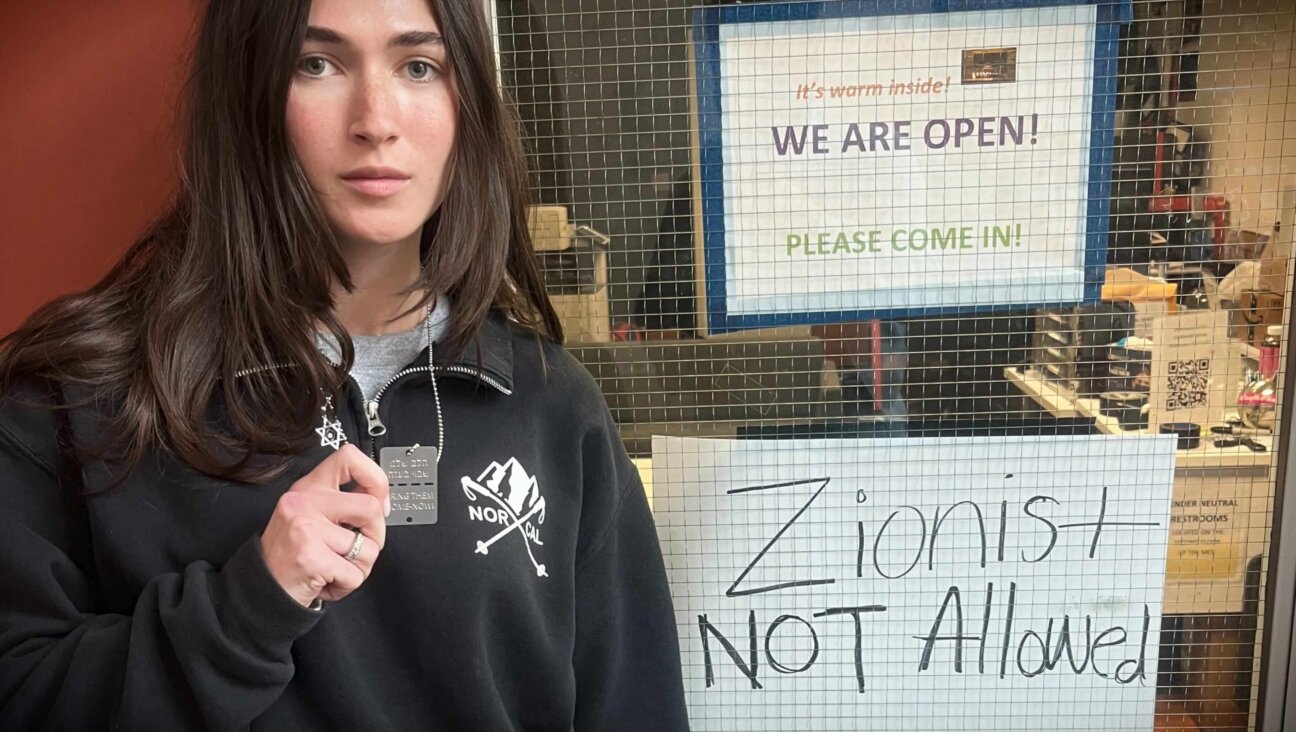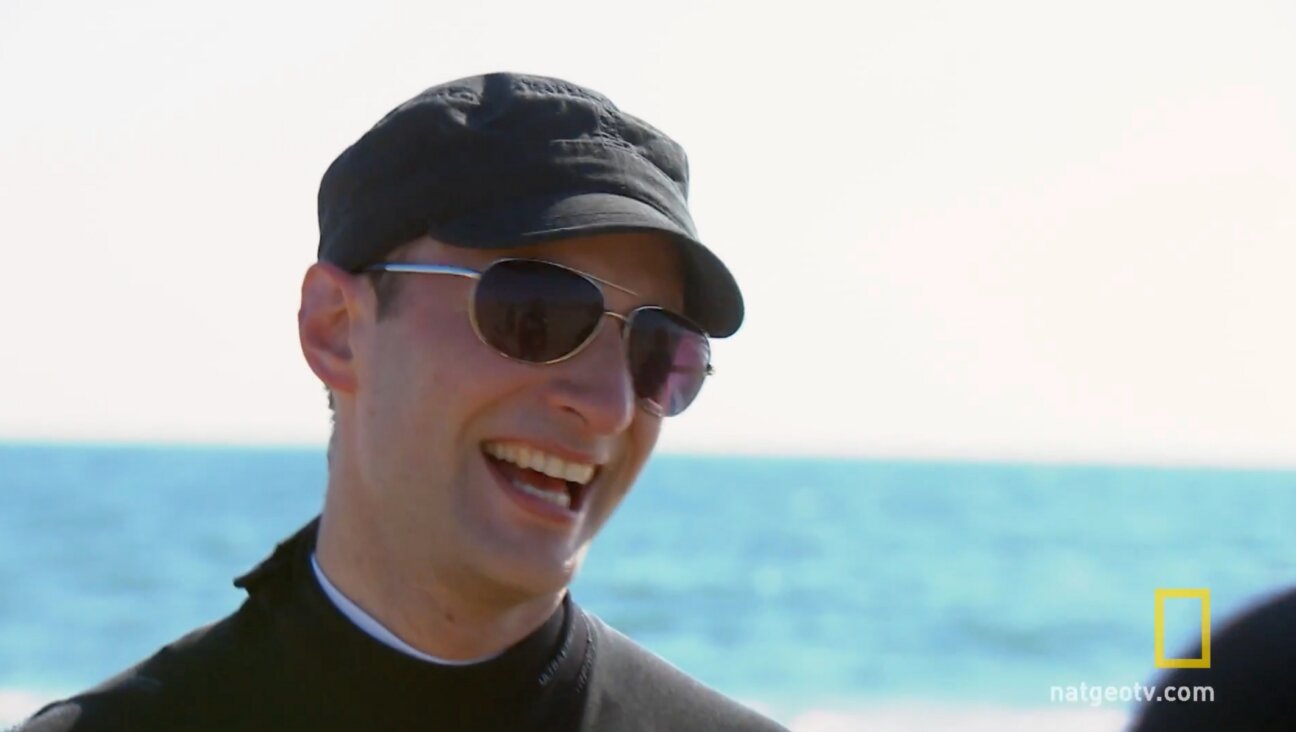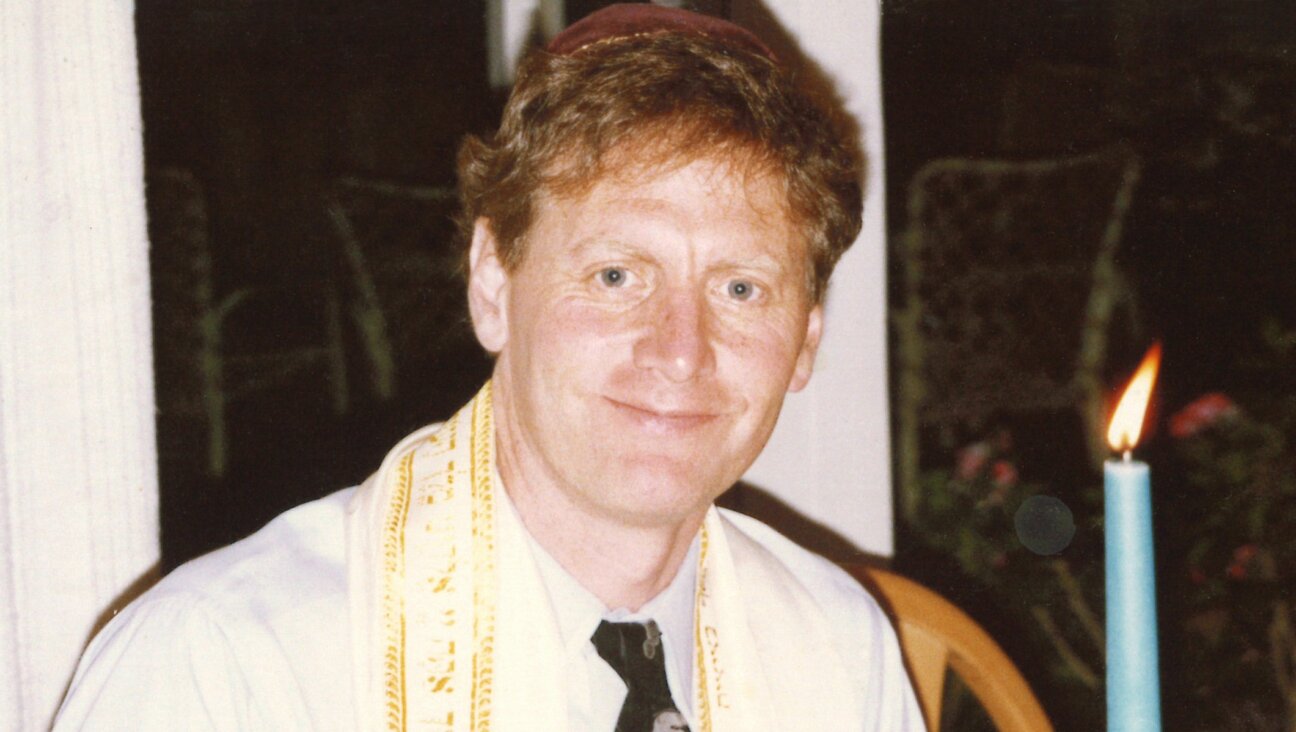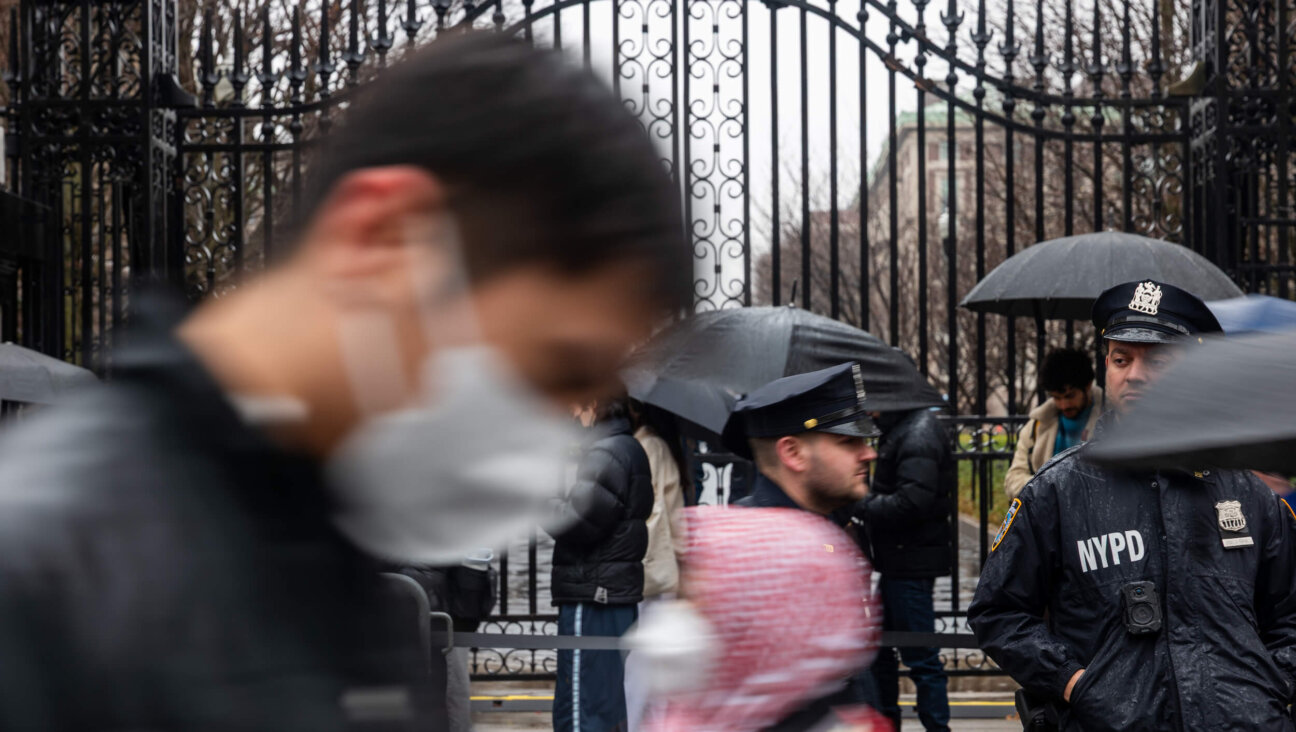The Counterfeit Saga(s): What Really Happened at Sachsenhausen?
‘The Counterfeiters” purports to tell the story of how Jews at Sachsenhausen concentration camp produced near-perfect forgeries of the British pound for the Nazis. But be forewarned: Austrian director Stefan Ruzowitsky’s 2008 Academy Award winner for best foreign film lacks a great deal of the drama inherent in the real-life story. That’s the word from veteran American journalist Lawrence Malkin, whose book “Krueger’s Men” (Back Bay Books) is widely regarded as the definitive nonfiction work on the saga. Originally published by Little, Brown and Company in 2006, the book was recently released in paperback, bearing a small sticker referring to “the true story that inspired the Oscar-winning movie.”
Also hoping to take advantage of the Oscar buzz is a memoir by Norwegian typographer Moritz Nachtstern. Published in 1949, it was the first eyewitness account of the counterfeiting ring — or Operation Bernhard, as the Nazis referred to it (Bernhard Krueger was the Nazi major who ran the counterfeiting operation). In August, Osprey Publishing will publish it in the United States as “Counterfeiter.” As far as Malkin is concerned, it’s the “most reliable and psychologically acute” of the half-dozen memoirs written by participants of the counterfeiting operation.
“To me, it’s barely a Holocaust story,” said Malkin of the counterfeiting saga. “It’s a story of survival and deception in wartime.”
Malkin, who wrote for Time magazine, the International Herald Tribune and The Associated Press, was covering finance in Europe during the 1960s when he first came across the counterfeiting story. Writing “Krueger’s Men” was made possible by documents declassified in the 1980s and ’90s. Another thing that allowed Malkin to tell the story was the retirement of the Bank of England’s archivist, who had stonewalled inquiries into the affair for decades. His replacement cooperated fully with Malkin.
Malkin rejected overtures by Ruzowitsky’s associates to use his book for the movie. One of his main objections is the film’s premise that the Jews in the counterfeiting operation debated sabotaging it.
“Ruzowitsky sets up a moral dilemma that never took place,” Malkin told the Forward. “He basically posited a situation in which these Jews were arguing among themselves about whether or not it was morally right to work for the Nazis. There is absolutely no evidence of this in anybody’s memoirs.”
Malkin said that Ruzowitsky’s film is “beautifully produced, wonderfully acted, but it’s totally false. It’s morally false.”
The film is based in part on the autobiography of Adolph Burger, a Czech printer who participated in the counterfeiting. In the film, a character named Burger advocates sabotaging the counterfeiting effort, but the real Burger denies doing so and has denounced the notion that there was any serious debate about the situation.
What is perhaps the greatest irony of the whole saga, which was left out of the Ruzowitsky film entirely, is that after the defeat of the Third Reich, large bundles of fake pounds ended up in the hands of the Jewish underground, which used the forged notes to buy equipment and to bring displaced persons to the Holy Land, among them Chaim Shurik, a Polish printer whose 20-page account of his counterfeiting days was written in Hebrew.
Another irony is that several of the Jews who worked on the counterfeiting project either sent affidavits or testified on behalf of Bernhard Krueger because they were treated relatively well while making the pounds. Krueger was not charged with committing war crimes.
The central character in the film version of the story, the masterful Russian counterfeiter Salomon Smolianoff, immigrated to Uruguay, According to Malkin, he counterfeited Russian icons. The Uruguayan police apparently caught on, and Smolianoff moved to Brazil, where he went into the toy business. He lived well past 80.
Some of the other Jewish veterans of the counterfeiting scheme came to North America. Among them were two brothers, Hirsche and Moshe Kozak, who came to New York City and worked as typesetters for the Forverts.
Manhattan-based reporter Jon Kalish is working on a radio documentary on the counterfeiters of Sachsenhausen concentration camp.
A message from our Publisher & CEO Rachel Fishman Feddersen

I hope you appreciated this article. Before you go, I’d like to ask you to please support the Forward.
At a time when other newsrooms are closing or cutting back, the Forward has removed its paywall and invested additional resources to report on the ground from Israel and around the U.S. on the impact of the war, rising antisemitism and polarized discourse.
Readers like you make it all possible. We’ve started our Passover Fundraising Drive, and we need 1,800 readers like you to step up to support the Forward by April 21. Members of the Forward board are even matching the first 1,000 gifts, up to $70,000.
This is a great time to support independent Jewish journalism, because every dollar goes twice as far.
— Rachel Fishman Feddersen, Publisher and CEO







